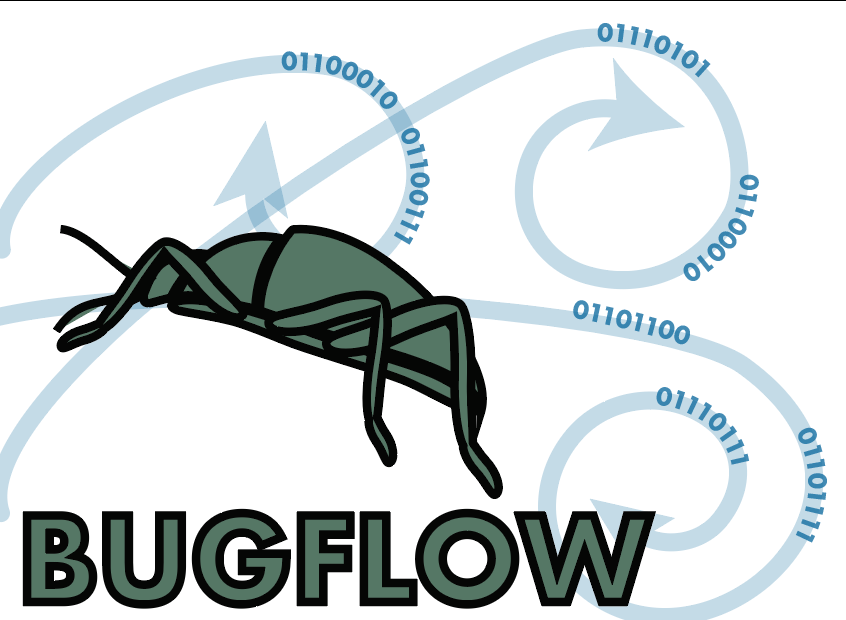Module 3C: Label data parsing
Module Purpose:
This module is for taking data from a verbatim transcribed state into “parsed” label data, where individual text strings from verbatim label data are “parsed” into useful data concepts such as collector, date, locality, determiner, etc …
Module Keywords:
labels, determination, collecting event, organization, locality, transcription
| TaskID | Task Name | Explanations and Comments | Resources |
|---|---|---|---|
| T1 | Retreive label data. This can be a block of verbatim text transcribed from a label, an image of label data, or a specimen with label data itself. | This workflow is designed to create a set of collecting event records representative of the collection and for subsequent use when entering specimen data records. | Links to resources Links to workflows Links to controlled vocabularies |
| T2 | Start database. | ||
| T3 | Select a specimen with a unique set of collecting event label(s). Check the database to make sure this label has not already been parsed. | ||
| T4 | Construct a collecting event name for the unique collecting event with data from the label following a standardized naming convention. | Collecting event identifiers should be standardized for the collection. Examples might include: |
In general, collecting event names represent verbatim label data. |
| T5 | Search database and network for existing instance of the collecting event referenced in T4. | ||
| T6 | If an existing collecting event is found in the local database, skip to end. | ||
| T7 | If an existing collecting event is found within the network, import the collecting event into the local database; skip to end. | Some software includes a duplicate check facility to search for related records across the network. | |
| T8 | Create record for the new collecting event/locality. | Institutions that create images of labels (M2C) might incorporate that process here Module 3D If institutional protocols incorporate georeferencing as part of collecting event/locality record creation, technicians might search for locality data using Geolocate, Google Maps, fuzzy gazetteers, other GIS-related tools, etc. Data to enter include (but may not be limited to): <li>latitude</li><li>longitude</li><li>higher geography</li><li>finite (atomized) geography as available</li><li>interpolated geography and/or related data from field notebooks, collection logs, etc.</li><li>verbatim description of site</li> Some institutions also create specimen records during this process, usually storing them in a spreadsheet containing one row for each specimen, each associated with a collecting event and populated with: <li>barcode</li><li>catalog number</li><li>collecting event identifier</li><li>determination data</li><li>determiner</li><li>date</li><li>sex</li><li>collection code</li><li>preparation type</li> | MPM Georeferencing in EMu; UM georeferencing in Specify; TPT data entry in EMu |
| T9 | Repeat T3-T9 until all unique collecting events in the drawer have been entered. | ||
| T10 | Return drawer to cabinet. | ||
| T11 | Perform QA. |
[NOTE THIS MODULE WAS MIGRATED NEARLY VERBATIM, BUT IS REALLY ONLY FOR TRANSCRIBING COLLETING EVENTS. NEEDS UPDATED TO INCORPORATE MORE PARSING STEPS SUCH AS DETERMINATIONS, OTHER LABELS, ETC.]
Essential Training:
Define metrics that can be measured to assess success of workflows using this module
Module Metrics, Costing, and Reporting:
Define metrics that can be measured to assess success of workflows using this module (reference specific TaskIDs).
Outreach Opportunities:
List outreach opportunities that arise in workflows using this module (reference specific TaskIDs).
Exemplar Workflows:
MPM Geolocate Georeferencing workflow.
Terrestrial Parasite Tracker/MPM data entry in EMU workflow.
UM Georeferencing workflow.
Discussion:
No discussion yet. Open an issue and reference this module to start discussion.
